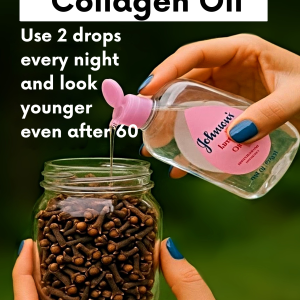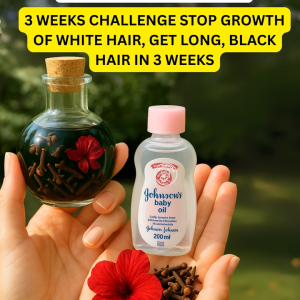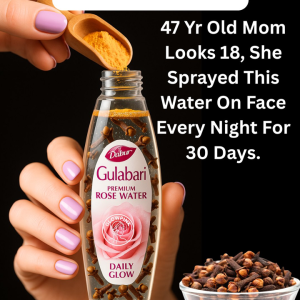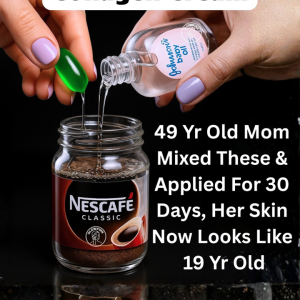
Each year, over 200 people d.i.e from eating what some call the world’s d.ea.dliest food. Surprisingly, this same food remains a daily staple for nearly 500 million people across the globe.
Why cassava matters

Cassava is more than just a root crop; it’s a lifeline. Native to South America, it is now a primary food source in many tropical regions. Hundreds of millions of tonnes are harvested annually, making it a vital resource where other crops may fail.
For communities in parts of Africa, Asia, and Latin America, cassava provides essential calories during periods of scarcity. However, this crucial plant carries a secret risk that few outside these regions truly understand.
The danger behind the root

While the root itself is edible, its raw parts — including stems, peel, and leaves — contain natural toxins known as cyanogenic glucosides. When improperly prepared, these can release hydrogen cyanide, a compound that is potentially lethal.
The World Health Organization (WHO) reports that poor processing methods, often during famine or conflict, lead to cyanide poisoning. In severe cases, this results in illness or death. One associated condition, konzo, causes irreversible paralysis of the legs and occurs almost exclusively in impoverished areas where diets are low in protein and heavily dependent on cassava.
Making cassava safe

Despite its dangers, cassava is not inherently unsafe. Proper preparation — such as soaking, fermenting, drying, or thorough cooking — reduces its toxic compounds to harmless levels. These traditional methods have been passed down for generations and remain the key to making cassava safe to eat.
Even with this knowledge, economic crises sometimes push people to consume unprocessed cassava out of desperation, leading to tragic outcomes.
Cassava remains both a blessing and a threat — a crop that feeds millions yet demands respect in how it’s prepared. When handled correctly, it continues to sustain entire populations without harm.
Have you ever tried cassava? Share your experience and thoughts below.




